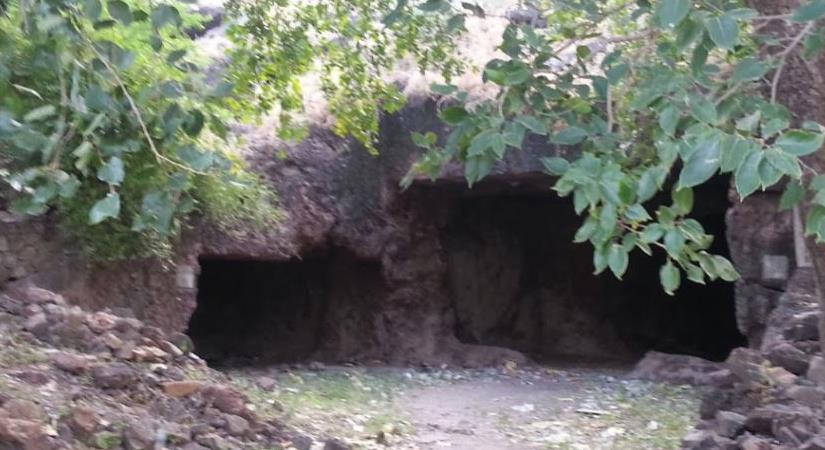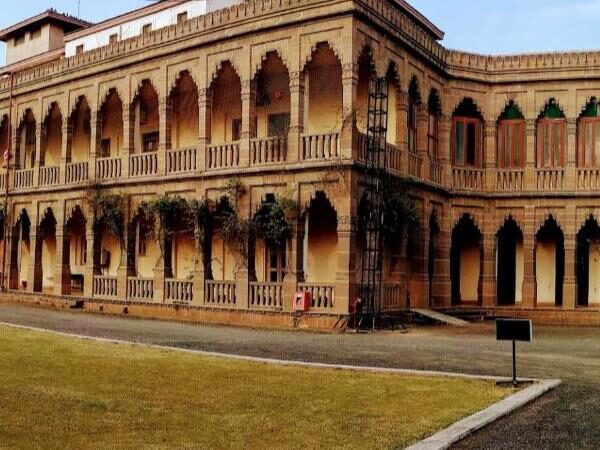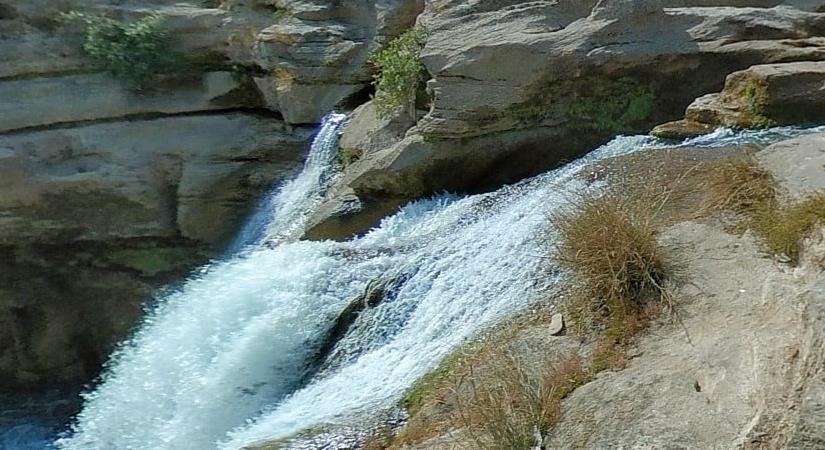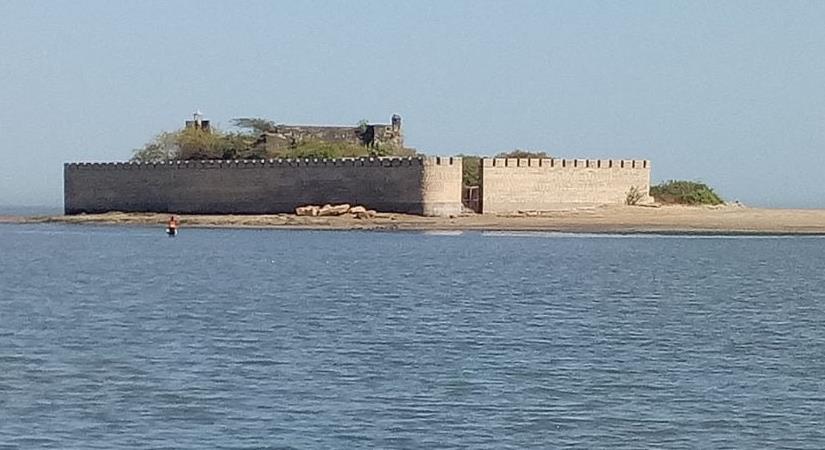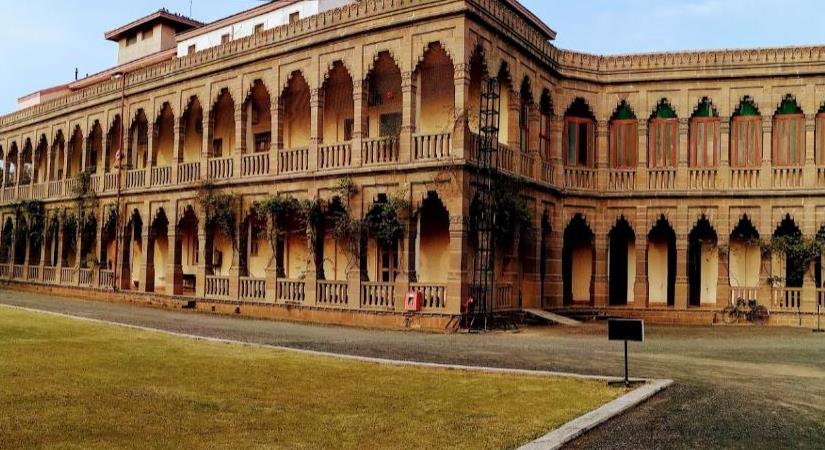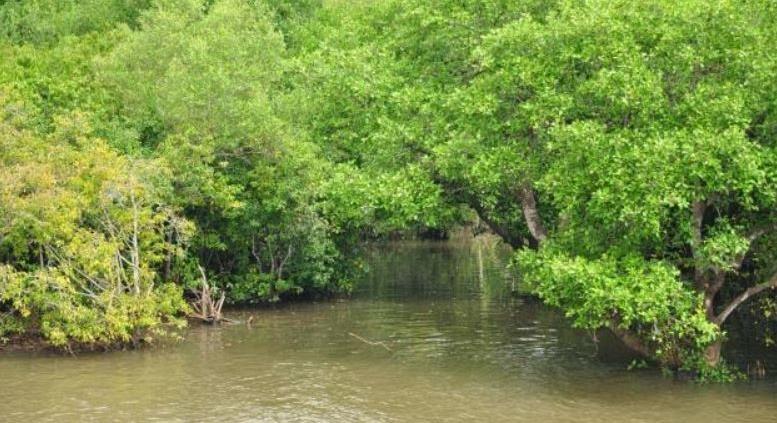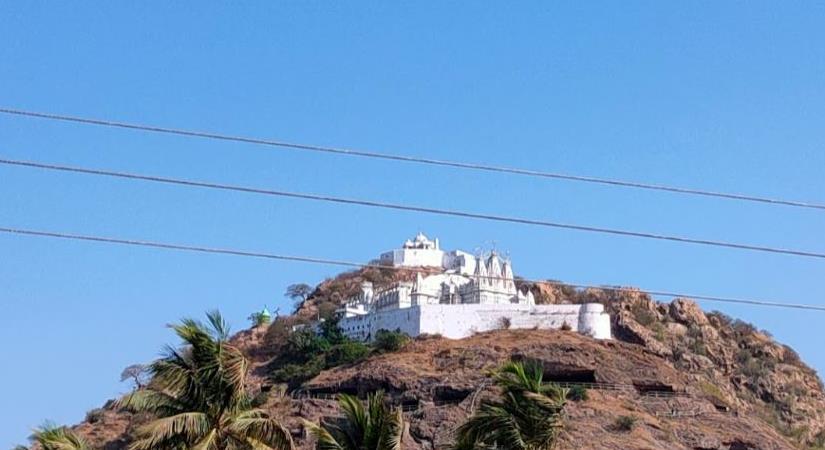Diu Fort is in southern part of Gujarat.
If you’re a fan of historic landmarks and breathtaking views, then the Diu Fortress is a must-visit destination on your next trip to India. This massive Portuguese fortification sits on the west coast of India and boasts stunning views of the sea and distant buildings. It’s a treasure trove of history and architecture, with various sub-areas to explore. Best of all, it’s free to enter and will take you a minimum of 2 hours to see everything.
As you stroll through the well-preserved Portuguese fort, you’ll be amazed at how much restoration work is in progress. It’s like the fort is getting a much-needed fortification of its own!
While you may not find any relics or plaques to tell you what each building is, you’ll still be able to figure out whether it was an old church or a granary with a little bit of imagination.
The canons on display are in excellent condition, made of a special alloy that won’t get hot even if exposed to the sun. There are loads of great photo opportunities, and every corner of the fort has its own unique story to tell. The Diu Fortress was built in 1535 as part of Portugal’s defensive fortifications in India, and borders the town of Diu. The fortress has a rich history, with the Portuguese ruling over the territory from 1537 until the Indian invasion in 1961.
Before the Portuguese arrived, the island was linked to several kings and dynasties, including the Mauryans, Kshatrapas, Guptas, Maitrakas, Chavda dynasty of Gujarat and Saurashtra, Chalukyas, and finally the Portuguese colonial rule. In 1535, Sultan Shah Bahadur of Gujarat sought help from the Portuguese to defend against Mughal Emperor Humayun’s forces, allowing the Portuguese to build the fort and gain a foothold on the island. The fortress was strengthened over the years, until 1546.
While there may not be any relics or plaques to tell you the history of each building, the Diu Fortress is still a fascinating and beautiful destination that is well worth the visit. So why not add it to your itinerary and explore the Seven Wonders of Portuguese Origin for yourself?”
Before the Portuguese built the fortress in 1535, the ancient history of the place was linked to several Kings and Dynasties; the earliest quoted is of the Puranic period, followed by the Mauryans, the Kshatrapas from the 1st century to 415, Guptas from 415 to 467, by the Maitrakas from 470 to 788, by Chavda dynasty of Gujarat and Saurashtra from 789 to 941, by the Chalukyas (under the Chalukya as local Chieftains) and the last was that of the Portuguese colonial rule till Diu was taken, along with Goa and Daman, by the Government of India on 19 December 1961.
Sultan Shah Bahadur of Gujarat had occupied the Diu island in 1330 AD. Some defense fortifications were built during his rule and of earlier Muslims rulers but the same were demolished (some remnants still exist at the eastern end of the island) by the Portuguese when they built the new fort.
But the Sultan had to seek help of the Portuguese when Mughal Emperor Humayun was getting ready to attack Gujarat and annex Sultan’s territory. The Portuguese thus got the right opportunity, which they were seeking for long, to get a foothold on the Diu island to build a fort for the protection of their trade. In the past, in 1501, 1521 and 1531 they had made attempts to seize the island by force but had failed. In 1531, Nuno da Cunha (1487 – 5 March 1539) who was the governor of Portuguese possessions in India from 1528 to 1538, was under orders from the King of Portugal to build a fort at Diu to strengthen its flourishing spice trade. He launched a strong military attack to annex Diu from the Sultan, with 100 vessels and 8000 men, including 3000 Portuguese. But this campaign could only achieve bombing of Diu without getting any foothold on the island. Portuguese forces could at best torment the nearby coast. They attacked again in 1532 and 1533 but without success. But an opportunity finally knocked on their door in 1535, when the Sultan sought their help to defend against Humayun’s forces. Taking full advantage of this situation, the Portuguese diplomatically signed a defense treaty (Treaty of Bassein (1534)) with the Sultan in 1535 under which they got permission to build a fort and also to position a garrison in the fort. In addition, it formalized full control of the Bassein island (the island which they had already bought from the Sultan during an earlier skirmish in 1533 and built a fort there). The Portuguese not only built a large fort at Diu by demolishing old fortifications that were existing on the island but continued to make it a formidable fortress by constantly strengthening it during the period from 1535 till 1546.
After the Portuguese ambition to build a fort at Diu was met, there was total mistrust between the Sultan and the Portuguese on several issues. In 1537, in Diu harbor, the Sultan was killed in a fracas with the Portuguese. This resulted in a fight for the throne of the Sultanate of Gujarat by two claimants, but Governor Cunha’s candidate lost. This put the Portuguese in a spot vis-a-vis the throne and they quickly repaired the damage by entering into a truce with the new Sultan, which was only a temporary reprieve.
